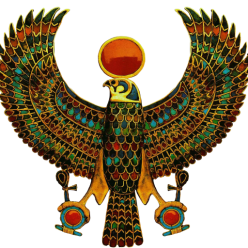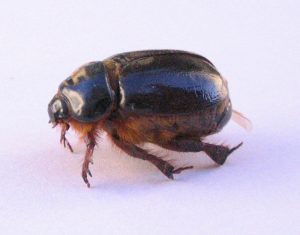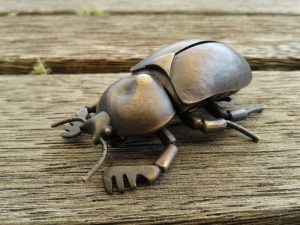Pericoptus truncatus
mumutawa/ngungutawa
The mumutawa beetle is a sturdy beetle, with an impervious looking carapace and torso, and chunky legs adapted for digging, and rowing through sand. It’s the largest of New Zealand’s native scarab beetles, and is found throughout coastal NZ, above the high tide mark, though it requires a lot of dampness to stop it dehydrating and dying. A nocturnal beetle, it emerges of an evening to fly and wander about in a blundering fashion, on the lookout for food and likely mating partners. The traces of their nocturnal ramblings can be observed in the sand trails they leave behind them.
The female beetle lays her eggs deep in the sand; larvae have been found living more than a meter underground, feasting on the roots of marram grass. They have a tendency to be parasited on by an exotic wasp in Northland, which stings, paralyses, and lays eggs in the hapless larvae. The eggs hatch, and the wasp larvae feast on the mumutawa larvae.
The beetle larvae have been seen perambulating down to the low tide mark at night to cover themselves in salt water. It is posited that this may kill some parasitic mites.
The Pericoptus truncatus was the first beetle collected in New Zealand by Joseph Banks in 1769.
Silver brooch


